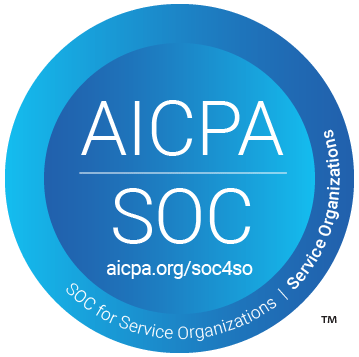A Guide to HCP Digital Engagement Strategies
In recent years, there’s been a push toward healthcare consumerism, wherein patients become active participants in their care choices and strategies. Because of this, they now expect a personalized, convenient customer experience – whether that’s in-person or in the digital sphere. To foster this engagement and make informed purchasing decisions, patient-consumers require more information, decision-making tools, and incentives for making wise choices.
Currently, healthcare professionals (HCPs) are the people that patient-consumers trust the most when it comes to healthcare-related purchasing decisions. For this reason, it’s crucial that pharma reps are able to reach HCPs and engage them in order to collaborate and gain insights. As such, businesses in the pharmaceutical and life science sector that wish to reach these industry influencers must be purposeful in their HCP engagement strategies, especially when it comes to digital. But what does a well-crafted HCP digital engagement strategy look like? Read on to learn how to strengthen HCP engagement.

01: Responsibilities of HCPs
Healthcare providers play a pivotal role within the healthcare ecosystem, acting as the primary drivers for preventing and managing health conditions. And the term HCP encompasses a range of medical professional roles, namely primary care physicians, nurse practitioners, family practice doctors, and medical specialists. This is why pharma reps seek to engage with HCPs, since they work most closely with consumers and have valuable insights. From initial contact to ongoing care, HCPs provide a wide array of medical services, including but not limited to:
Health education and guidance
Diagnosis and treatment of chronic and acute illnesses or conditions
Preventative health services
Health promotion
Over the last few decades, there’s been a gradual movement to replace the traditional fee-for-service medical approach with a value-based care model, which helps healthcare professionals transition from a reactive treatment posture to a proactive one. This shift created a new spate of industry challenges for HCPs and pharmaceutical representatives who wish to reach them.

02: Challenges in reaching HCPs
In the past, the vast majority of interaction with HCPs by pharmaceutical and life science companies was conducted on an in person basis rather than through digital channels.
Naturally, COVID-19 has completely altered the landscape of the healthcare space, changing how HCPs operate with both their patients and pharma reps or life science liaisons. The in-person restrictions combined with mounting health concerns made it even harder to market to and interact with HCPs effectively. For pharma companies and pharma marketers especially, this paradigm shift has forced them to reevaluate how they traditionally sold their services, going beyond simply providing product info.
Even before COVID-19 struck, the industry already faced some serious hurdles regarding this type of outreach, including:
Difficulty demonstrating that the value of the company offers aligns with the HPC’s needs
Smaller sales forces
A shift from primary care to specialty drugs
Diminishing face-to-face access
One Accenture COVID-19 Healthcare Provider survey revealed these three key findings:
1. COVID has created lasting changes in what healthcare providers need and value.
2. Pharma companies are redefining their relevance within the new landscape.
3. Virtual engagement and other digital communication strategies are here to stay.

03: The Importance of Digital Engagement in the Pharmaceutical Industry
Throughout the pandemic, digital solutions bridged the gap between healthcare consumers and HCPs. They helped bring medicine and telehealth services directly to a person’s home. Now, healthcare providers want even more of that, particularly when it comes to digital interaction. Historically, this is an area where pharma has moved at a snail’s pace to adopt. According to a McKinsey study on digital maturity, pharma lags behind every single industry besides the public sector.
Within this scoring system, pharma shows a consistent lack of customer orientation:
For pharma, this indicates that companies pay too little attention to the customer decision journeys that patients and healthcare providers undertake to access, interact with, and benefit from their products…Nearly 40 percent of pharma companies admit they do not understand these journeys well enough to map digital touchpoints and align them with their digital strategy.
According to the study, pharma companies who are ahead of the curve have made a concerted effort to base their strategic decisions on how digital can positively impact their business model and are constantly looking to scale up digital initiatives and capabilities. Companies that wish to be competitive must adapt or fall even further behind. There was a significant (65%+) decrease in interaction frequency between HCPs and pharma reps during the pandemic and the decline in pharma-HCP engagement isn’t expected to recover fully post-pandemic.
According to another McKinsey study: 28 percent of surveyed physicians indicate that the crisis will have a lasting impact on their willingness to welcome pharma reps for live meetings. U.S. physicians expect a 15 percent reduction in overall interactions, with all of that decline coming from in-person interactions. When it comes to collaboration and engagement, digital solutions can aid the pharma industry and fix some of the future challenges of working with HCPs.

04: What Is HCP Engagement?
Today, HCPs prefer to access digital channels to connect with peers and patients, study research updates, and engage with medical and scientific information. Modern pharma HCP engagement focuses on providing multi-channel tools and solutions to help facilitate health representatives’ conversations with the people that matter the most: doctors, patients, and payers.
By adopting engagement technologies and tools, such as the Within3 engagement platform, life science companies can create value with virtual engagement and revolutionize the way they gather important insights from HCPs.
05: Types of Digital Tools and Channels for HCP Engagement
Within3 has made smarter virtual HCP engagement possible. It’s a better way for pharmaceutical, medical device, and other life-science companies to interact and collaborate with HCPs and patients. As a virtual communications platform, it empowers essential stakeholders to engage in meaningful discussion anywhere, anytime, and from any connected device.
The Within3 HCP engagement platform promotes better HCP engagement and more collaborative insights from the pharmaceutical industry in several ways, including:
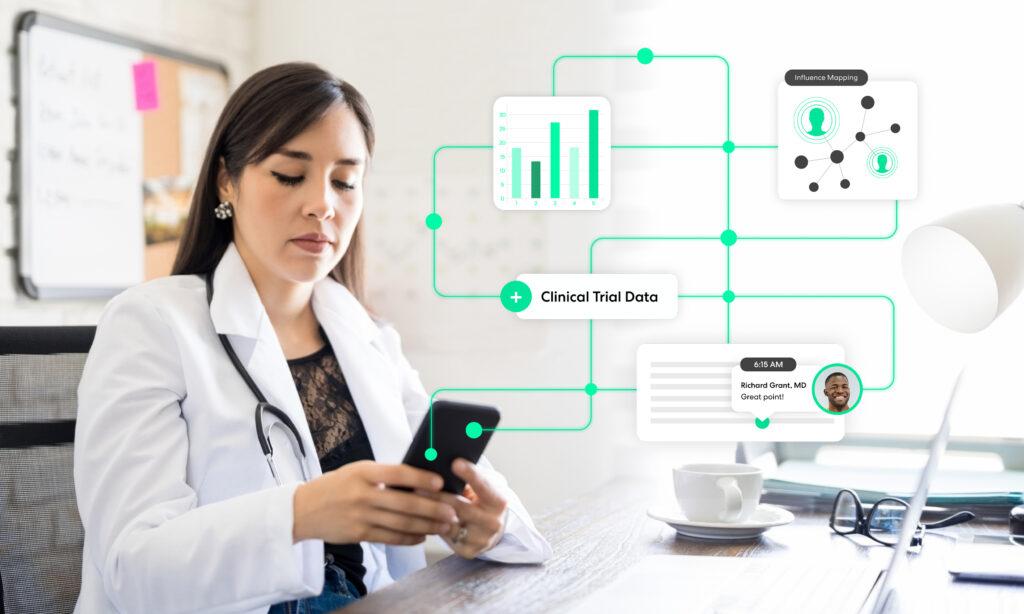
VIRTUAL ENGAGEMENT PLATFORMS
Traditionally, video conferences have been the way key decision-makers met digitally. But even these are outmoded. Now, you can utilize a virtual advisory board on a virtual engagement platform, such as Within3, that delivers superior insights and engagements. Features include:
- Asynchronous discussions – Foster 24/7 discussions that empower both advisors and moderators to engage at their convenience when and where they want.
- Moderation tools – A central moderator dashboard gives you a virtual middle ground where all stakeholders can come to engage and participate by checking progress, sending private messages, and reviewing prompt responses
A singular platform – Within3 was custom-built with flexible HCP engagement in mind. A variety of collaborative tools and smart features make it easier to produce meaningful insights and then leverage those to make better decisions.
Historically, multi-author publications were slow and laborious. And the need for a constant back-and-forth between all parties becomes even more complicated when the authors are in different locations. Within3 creates a collaborative environment where authors can contribute, engage, and edit manuscripts from wherever they are in the world. Powerful tools include:
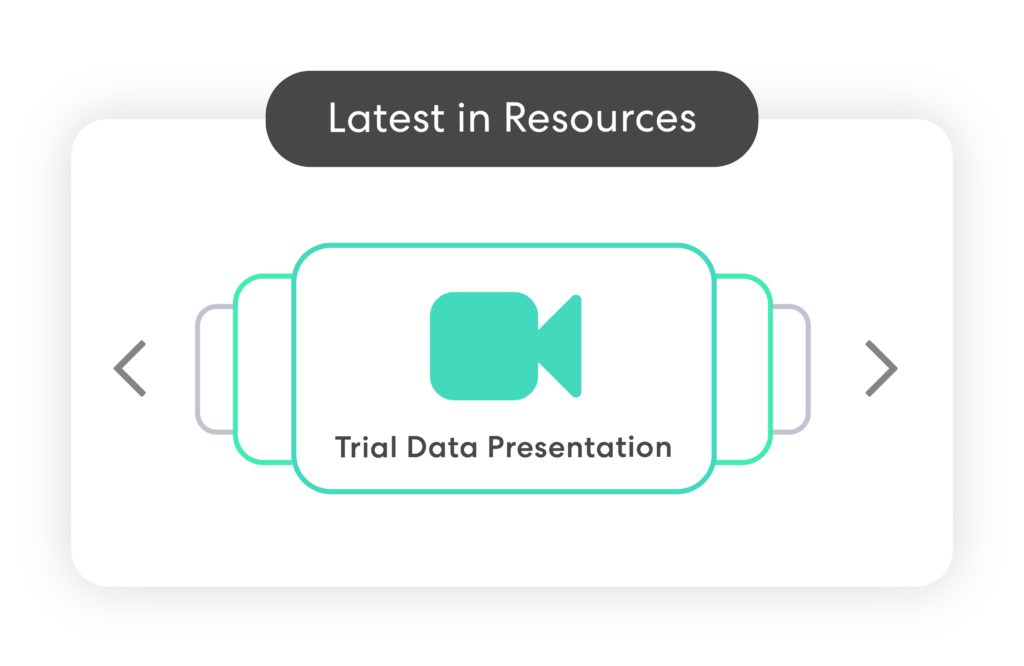
STEERING COMMITTEES AND PANELS
Steering committee members need to have an open line of communication that’s accessible around the clock. Now, there’s a better way for stakeholders to organize essential materials, interact with one another, read resources, and provide feedback. HCPs can engage with one another on-demand using tools like:
Resource Center – A centralized resource library helps organize and secure important materials, making it easier for stakeholders to access critical documents when they need them – whether it’s meeting minutes, trial participant responses, or study results.
Virtual meeting management – Conducting studies from a decentralized space can be a massive organizational challenge. Simply arranging a time and a place to meet virtually can waste precious time. But now, it’s possible to schedule, execute, and archive stakeholder meetings from a singular, secure, digital location.
Asynchronous discussions – Give committee members and panelists the freedom to participate in meetings and collaborate in discussions whenever possible. In doing so, HCPs can enjoy accelerated insights and user-friendly engagement.
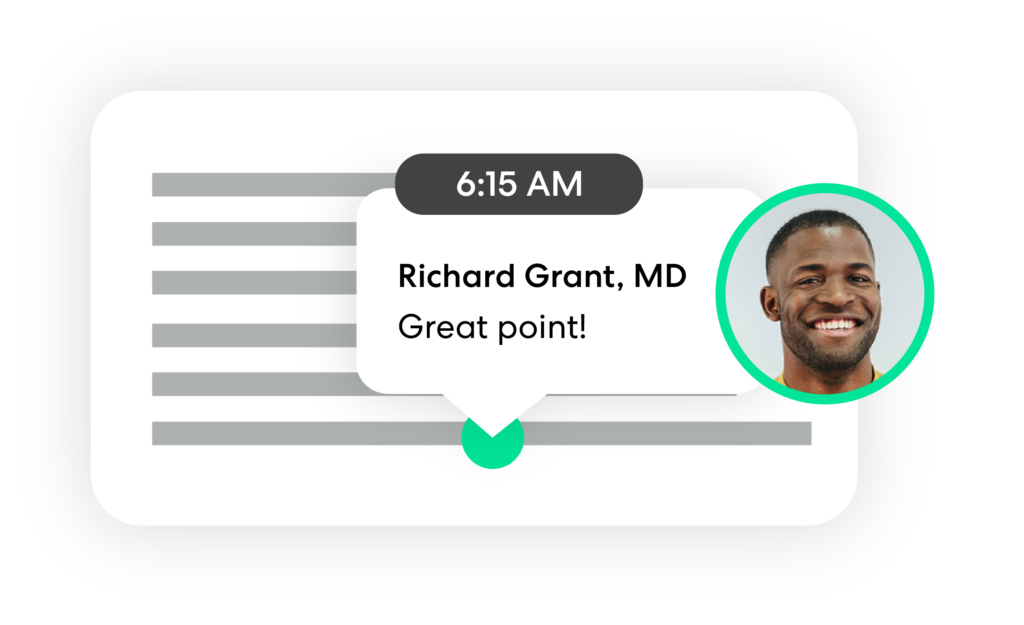
21ST CENTURY PUBLICATION DEVELOPMENT
Virtual discussions – Conduct outlining and early drafting on manuscripts and studies virtually, so the entire team is on the same page.
Remote editing – Collaborate with co-authors remotely in real-time, making comments and edits on the fly.
Engagement tools – Powerful engagement tools like participation reminders and status updates help revolutionize the way HCPs collaborate and stay on track. This means shorter timelines, fewer logistical headaches, and better engagement.
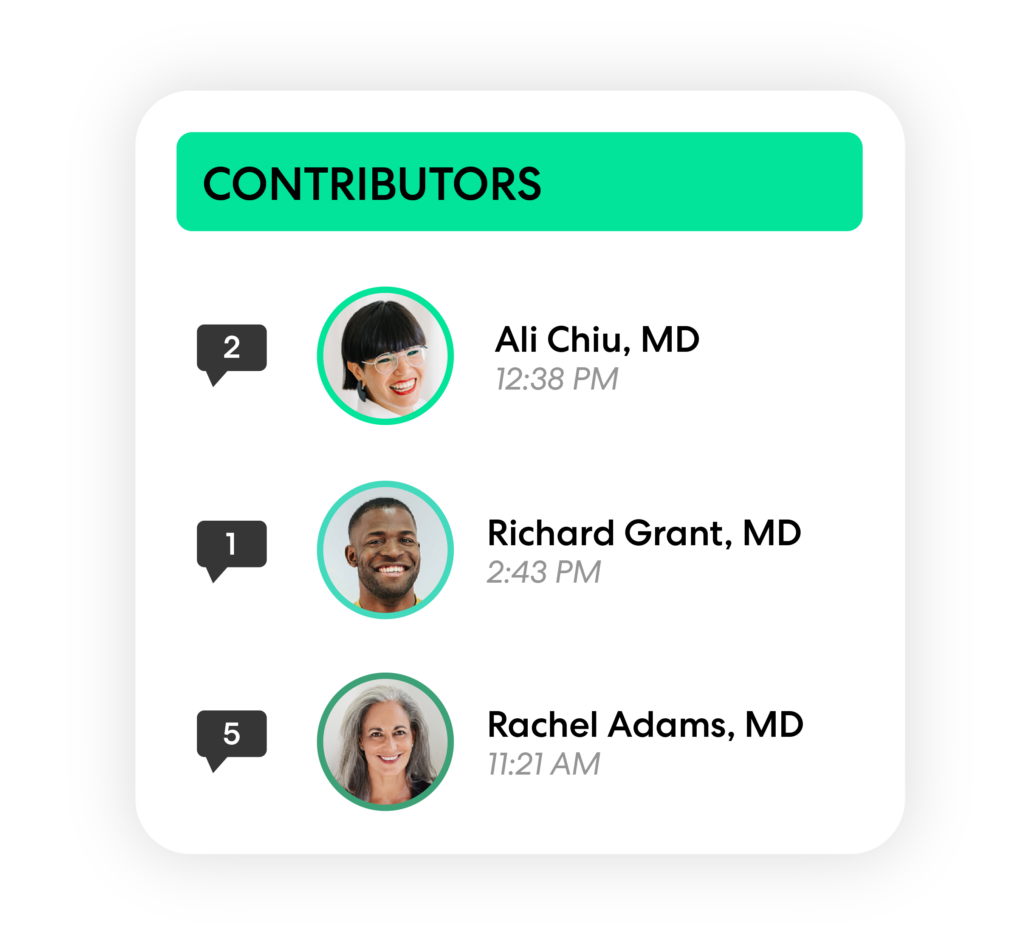
INTERNAL ENGAGEMENT AND TRAINING
Often, teams must collaborate across the country, if not globally. Because everyone is in different time zones and on different schedules, you require a platform that’s accessible 24/7 and which facilitates internal engagement and training. This is especially important as many companies plan on becoming more intentionally virtual following the COVID pandemic. A virtual engagement platform empowers teams to do this by providing:
Training and knowledge assessment – On-demand training allows individuals to access and complete necessary training materials and programs.
Total participation – Asynchronous discussions make it possible for teams to collaborate and work toward a shared goal, engaging with one another around the clock.
06: How to strengthen HCP engagement to improve pharma industry
COVID-19 has accelerated the transformation that was already underway within the world of healthcare. Now, HCPs want digital solutions that bridge the gap, helping them better engage with patients, colleagues, and pharma representatives.
Today, there are tools, such as Within3’s virtual engagement platform, that make it easier than ever for pharmaceutical, medical device, and other life-science companies to have conversations with the people who matter most.
Want to see more about what the future of digital engagement looks like? Request a demo today.


